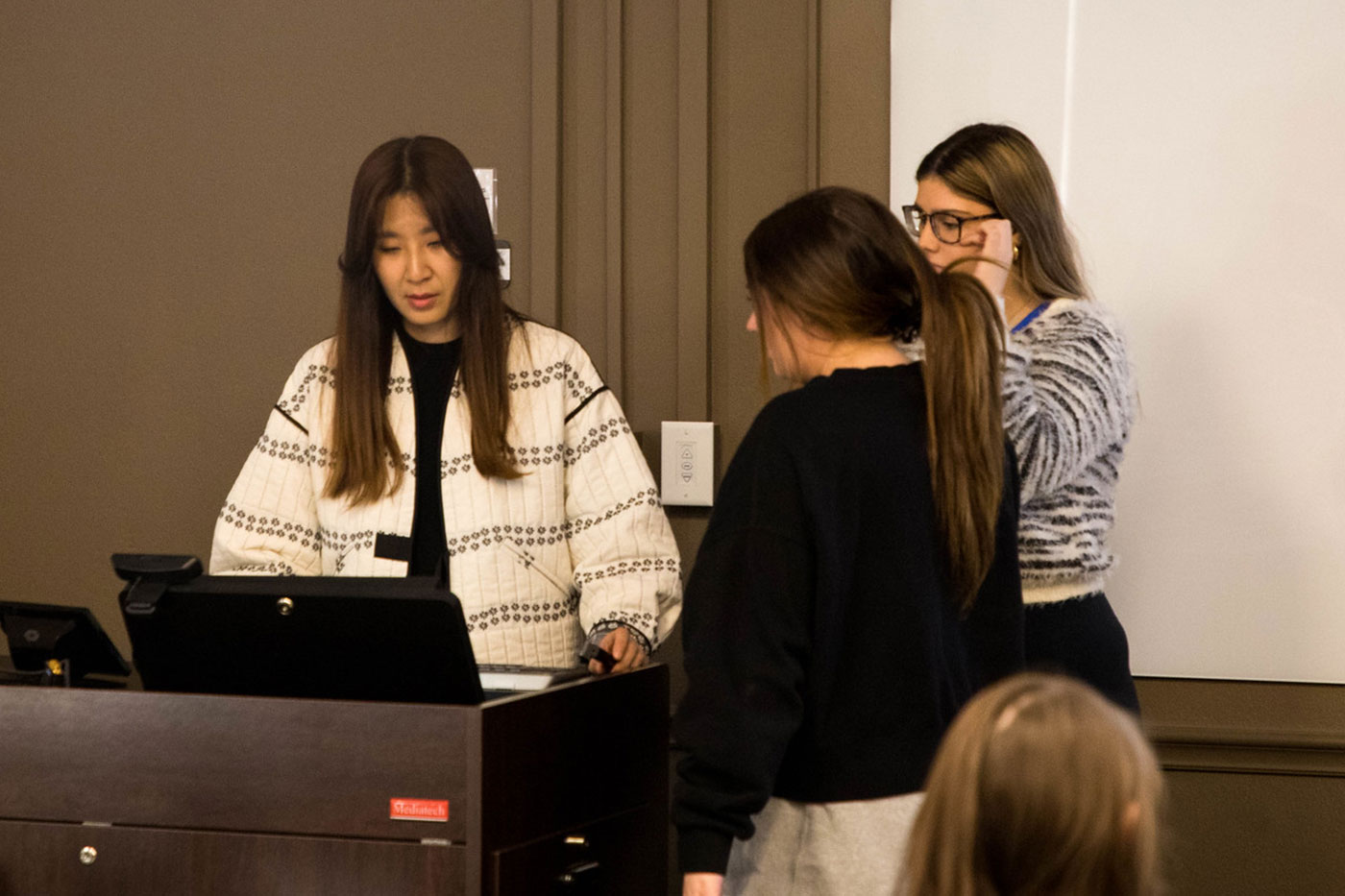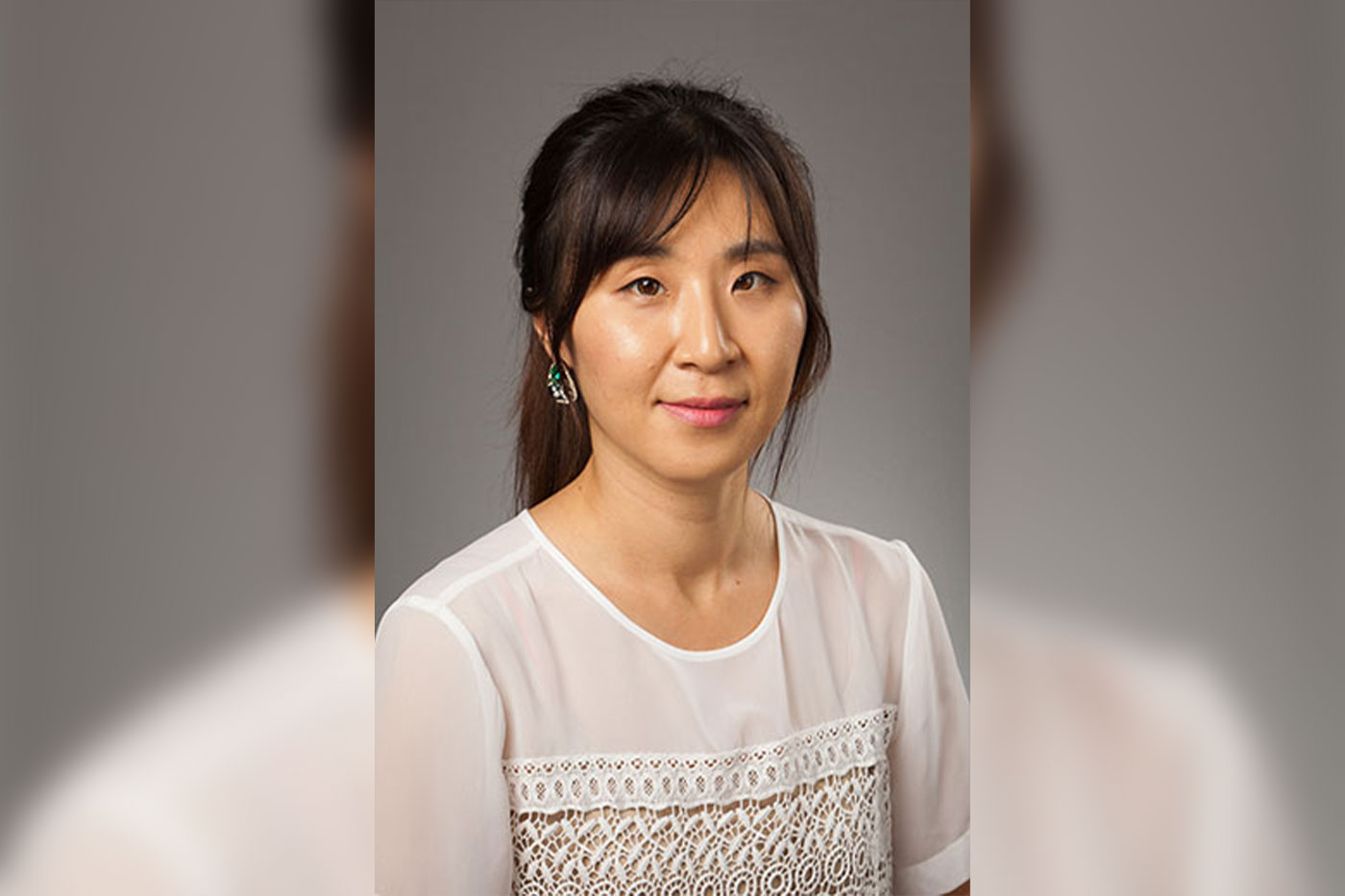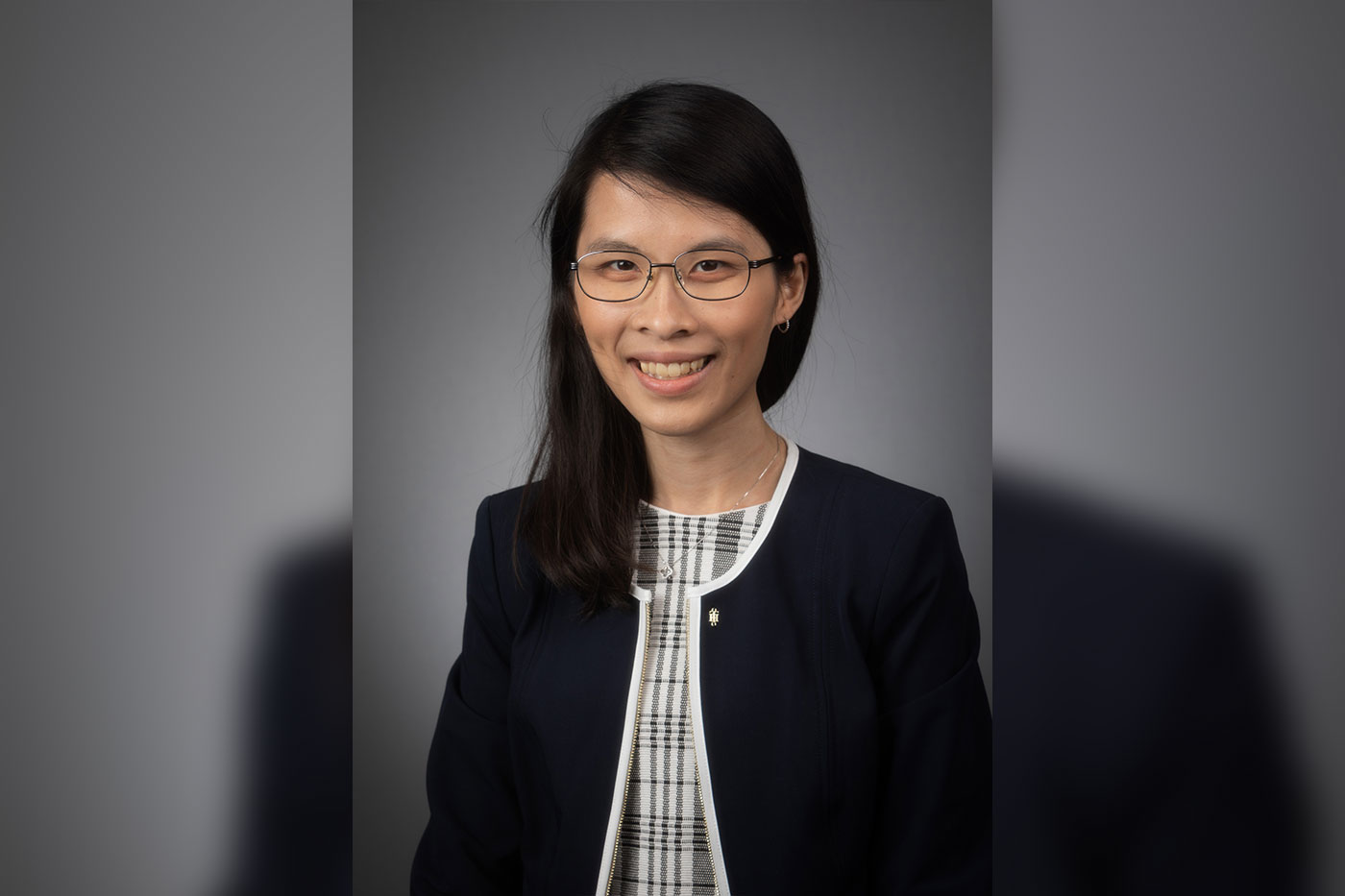The separate projects share a goal to encourage those ages 65-plus to be independent and practice mental well-being through the use of artificial intelligence and virtual reality.
Hyo Jung (Julie) Chang sees a concerning trend when it comes to the older population.
While the world’s technological capabilities increase every year, a generational gap of inexperience with such applications seems to widen. If age 65 or older, the person is less to operate some of these advancements efficiently.

Chang has seen this firsthand with her parents’ and grandparents’ generations in Korea, where she said many stores operate through kiosks.
“But they’re not training older consumers,” she said. “I see some of their struggles to use this kind of technology, and also just using a smartphone.”

Chang is a professor in retail management at Texas Tech University who is hopeful that by providing the right tools, the computer anxiety, fear of privacy breach or other apprehensions faced by older populations will be alleviated. She is joined in her mission by Robert Paul Jones, an associate professor and department chair of Hospitality & Retail Management.
“My collaborator has mentioned his parents and parents-in-law require assisted living,” Chang said. “Usually when you get to that age there are mobility issues and challenges, but there’s still the need to go shopping for groceries and clothing.”
Their project, titled “Retail Assistive Technology for Elderly Consumers,” aims to convey the positive impact retail technology can have on commerce and well-being by providing older adults the most helpful technology for their situation. Specifically, they will focus on virtual and artificial intelligence (AI)-based technology.


For example, mobility issues in the home can be improved through a voice assistant to turn on lights, lock doors and control the thermostat. This technology can even be used to call for help if necessary.
Virtual shopping experiences are also a way for older consumers to take care of their needs. Retailers like H-E-B and Walmart offer shipping and pickup options that eliminate the hassle of entering the store and transferring goods to their car.
“Exiting Walmart is very complicated for some people,” Chang said. “So, we would like to provide them a safer, more immersive environment for them to shop from inside their home.”
Chang and Jones interviewed older consumers during the first phase of their project to determine the specific challenges and issues they face. Those answers determined most of this population does not want to leave the home and would feel more comfortable receiving help. The research pair wants to explore what specific assistive technology they can provide that will meet these demands and promote a more independent lifestyle.
Chang describes the end goal as Age Tech, which is digital technology usually designed to address the needs of others who are involved in the design process.
“Sometimes we think technology disables people from doing things,” she said, “but actually, it really helps people do more things. I really hope this research can help older customers feel like they are able to do more by easily and freely using this technology.”
The researchers would like to develop partnerships with an assisted living facility and senior citizens living independently in Lubbock for the experimental design portion of their study. The findings could help them earn larger grants that would allow them to provide the assistive technology to these community members.
“There’s a broader goal to make a positive impact here in Lubbock,” Chang said. “We are motivated to think about how we can better serve this group of people, and I hope we continue to support and serve the community in a better way.”
Connection to Conversation
Chang and Jones are not the only researchers within the College of Health & Human Sciences on a quest to care for others as they age.
Jennifer Huh, an assistant professor in retail management and Athena Chan, an assistant professor in human development and family sciences, teamed up in May to work on a project titled “Applying Digital Reminiscence Therapy to Advanced Health Technology for Older Adults.”
Digital Reminiscence Therapy is defined as a non-pharmacological intervention that uses technology to help people engage with their memories and is used to treat conditions such as dementia. The researchers’ goal is to provide preliminary evidence about using conversational AI and virtual reality (VR) technology in this context to promote mental well-being for older populations.
“The reason we had an interest in the baby-boom generation is they comprise a major population in the United States and they’re retiring,” Huh explained. “They are getting older, so we thought this could be a good time to investigate this topic.”


Huh’s parents are retired baby boomers (born between 1946 and 1964) who are exploring new routines and life models for what could very well be the next 30 years. They belong to an age group that understands how to operate technology but doesn’t necessarily have experience in how to use it to adopt a new lifestyle.
By talking with her friends who have parents of a similar age, Huh discovered this older population tends to be marginalized from the core major streaming platforms – even though they could benefit as users. Huh believes VR tourism and shopping, plus conversational AI, could broaden their horizons functionally, recreationally and socially.
In Chan’s case, she has spent most of her life listening to her grandparents’ stories. She can only imagine how compelling their memories would be if there was a way to combine the black and white photos of their past into virtual references.
“With all those images and visuals, that would be a very powerful and beneficial tool to make their stories vivid,” Chan said. “So, it’s not just about the older adults – it also is about the culture and legacy of their family.”
Huh and Chan will complete a one-year pilot study in which they collect online survey data to gain an idea about the older adults’ needs and preferences. They plan to use those answers to design the user experience of the VR technology, after which they will test the interface through qualitative experiments.
The researchers are recruiting those ages 65 or older to carry out these steps through a survey that will screen eligibility followed by an in-person interview. Once these participants help them gather data, Huh and Chan can apply for external funding and recruit engineers who can develop the advanced health technology they have in mind.
They will use these findings to apply for external funding and recruit engineers who can develop the advanced health technology they have in mind.
“The fact that we’re focusing more on combining both conversational AI and VR, the most advanced versions of technology, I think that’s what has drawn attention from other colleagues,” Huh said. “Not much research like that has been conducted, so I think many colleagues and the department chair are providing a lot of support and wishing for a successful outcome from our research.”
Just as with Chang and Jones’ project, these researchers hope by creating more options for older people through assistive technology, they can live more fulfilling lives.
“We all age, and we all need to take care of each other,” Chang said. “I really hope we impact the future.”

